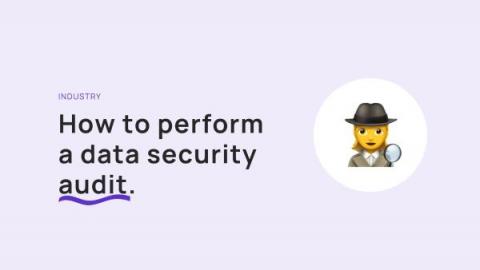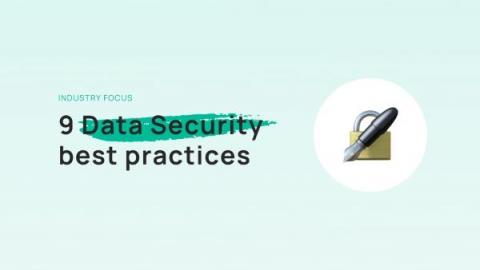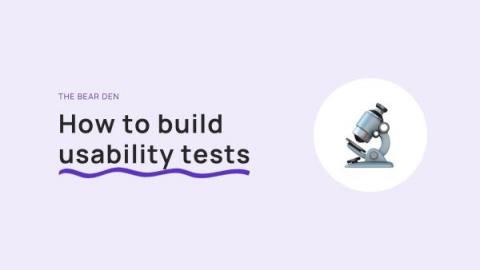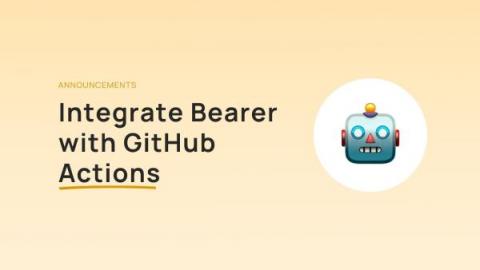An In-Depth Guide to Conducting a Data Security Audit
Data breaches and hacks can cost companies millions. To protect sensitive data, you have to ensure that your entire system is compliant with data security standards and regulations. To properly evaluate your level of compliance, you need to conduct a data security audit. In this post, we’ll look at how to conduct a data security audit. You'll learn about the different types of audits, and the steps to take when conducting an audit.











